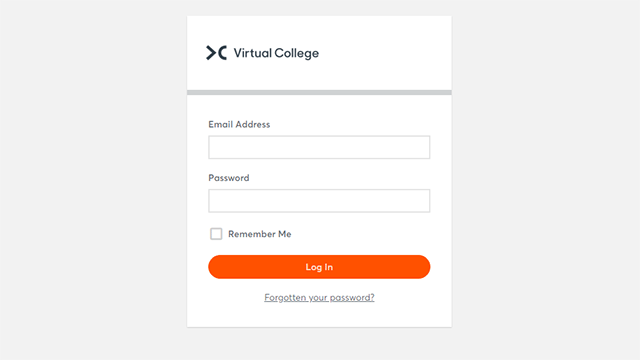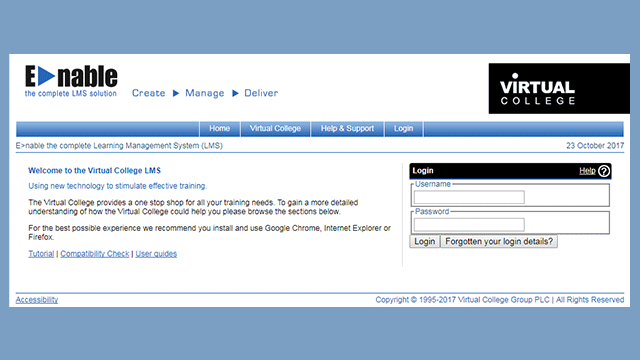Safeguarding Children Level 3 Refresher Training
This online Safeguarding Children Level 3 Refresher Training has been designed for those who have already completed a Level 3 Safeguarding Children course and need to refresh their knowledge and update their certificate. Anyone working with children needs to have completed some safeguarding training to ensure they are kept as safe as possible and any signs of abuse are noticed and reported.
Course Overview
Format
- Level 3
- 2-3 Study Hours
- Online Study
- Self-Printed Certificate
Accreditation
- 3 CPD Points
- CPD Certified
Course description
Our Safeguarding Children Level 3 Refresher training course is designed for anyone who has completed their training in the past, whether that is through face-to-face or digital courses, and is looking to refresh their knowledge.
This Level 3 course is our most in-depth Safeguarding Children course, and has been designed for managers or supervisors who have regular contact with children and their families as part of their role.
It explores safeguarding as a topic including legislation, policies, signs and symptoms of abuse, as well as detailed information regarding reporting suspected abuse, whether it has been reported to them by a child, an adult or a member of staff.
We also offer Safeguarding Children Training at Level 1 and Level 2
Unsure if you require Level 1, 2 or 3 Safeguarding Children training? Check out our short guide to find the course that best matches your needs and requirements here.
Why take this course?
If you work with children as part of your role, it is a statutory requirement to have safeguarding training. As part of this requirement, it is essential that the training is update and refreshed regularly. This is why refresher courses are so important.
Though each company will decide how often the training is refreshed, a common recommendation is every two years. Though this will depend on your role, the more senior you are, the more frequently you are likely to need to update your training in order to keep in the know.
Course overview
We design our courses with the learner in mind. We have built the course using bite-sized modules, which allow you to easily dip in and out of the topics in the order you wish. This flexible digital format also allows you to study at a time and place that suits you.
We have also used immersive real-world scenarios and challenges in order to help you apply the training to your role and to gain a better understanding of the importance of certain topics.
Our course covers a wide range of topics:
- An overview of safeguarding
- Why is safeguarding important
- Serious case reviews and Bichard reports
- The latest legislation and guidance
- Multi-agency working
- Jargon and key terms
- Disclosure of information from children
- National and local contexts
- Reducing the likelihood of abuse
- What to do if you suspect abuse
- Signs and symptoms of abuse
- Whistleblowing
- Types of abuse
- Roles and responsibilities
- Recognising abuse
- How to deal with suspected/disclosed abuse
- Record-keeping and recording
Who should take this course?
This course is suitable for anyone who holds a management position and frequently works with children, or anyone who has a designated child protection role, and is looking to refresh their safeguarding children training. These roles could include doctors, child psychologists, registered nurses, social worker, or mental health staff
You will learn
- Explain the profound impact some well-known cases of child abuse and neglect have had on legislation
- Explain the importance of multi-agency cooperation
- Define safeguarding in respect to children and young people
- Describe what you need to do if a child makes a disclosure or if you suspect abuse
- Explain what whistleblowing is, what it is not and why it is important
- List the ways you can reduce the risk of abuse
- List the signs and symptoms of the different types of abuse.
- Outline the responsibilities lead workers in the children’s and young person’s sector have
Who is it for?
Roles including:
- Teachers
- Childminders
- Doctors
- Nurses
- Social workers
- Sports teacher/coaches
- Care workers
- Police
- Paramedics
- Council workers














/e-safety-.jpg?mw=320&hash=A9FCF6B70F32AD3EA74633373FF0213B000F75FF)









